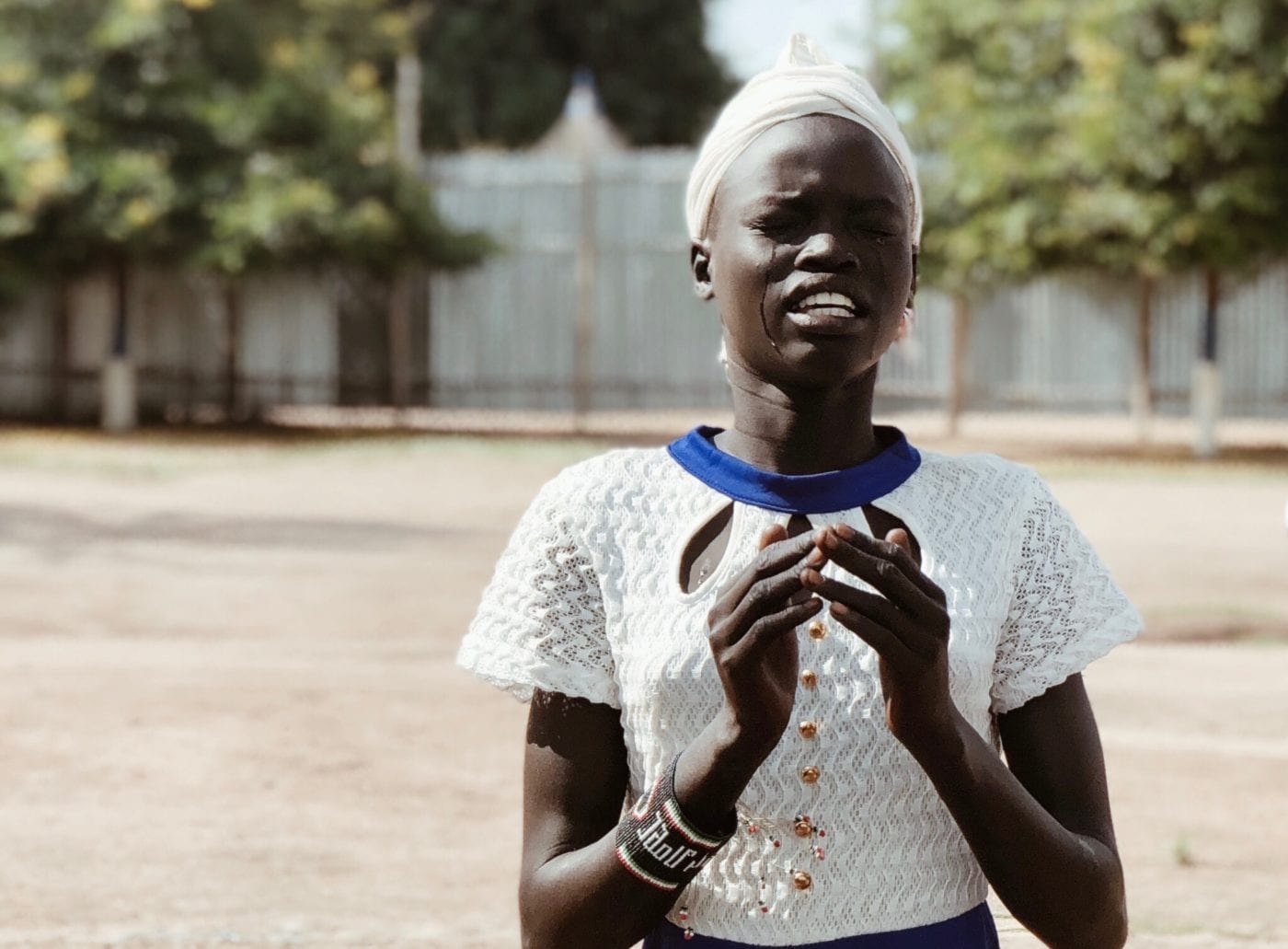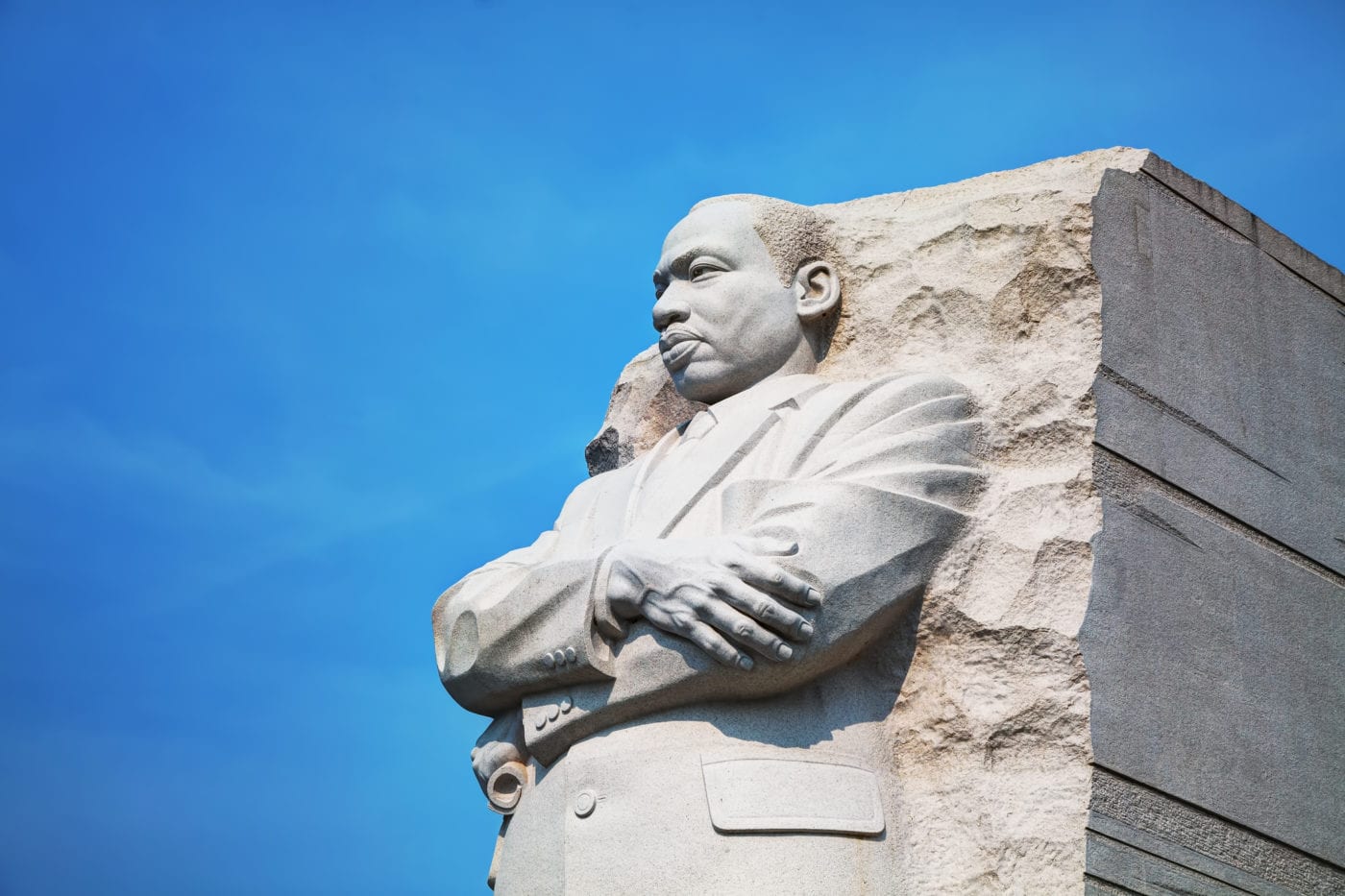Last year, the United States had racial and civil unrest—again. As Ahmaud Arbery, Breonna Taylor, and George Floyd’s tragedies unfolded, and the protests and riots followed, it felt like we had been through this many times, because we have been. When these sorts of events take place on a national scale, we all experience deep emotions as we navigate what has occurred and the implications it carries. I remember crying and feeling extreme sadness, followed by anger mixed with several moments of hope. So how do we change things?
In justice, legislation is a necessary, non-negotiable component of ensuring equity, protection, and punishment. But the human heart is an even more powerful force in creating the holistic, lasting change many of us truly desire. We need to look in the mirror and change because our kids are watching our every move and listening to our every word. All of us have improvements to make in race relations. We need to bring our most mature selves to the conversation and be willing to learn and grow. Our kids need to see us humbly model the very best. Here are 4 things to model to our kids during racial and civil unrest.
Love
Love is a decision to seek the best for another person. We need to think about other people first. If we continue to react selfishly, nothing will ever change. This takes maturity and strength. How do you love people during racial and social unrest? Are you caring for others or are you more concerned with being right and solidifying your side?
Lament
This means to mourn, grieve, or be distressed. When the race problem reveals itself, we need to take time to sit in it collectively. Too often, we want to give quick solutions and move on. We need to feel the weight of the situation, the context, the pain, and the tears of those around us. People who are protesting or experiencing injustice are in pain. How much time do you take to feel the pain with them?
Listen
We need to be willing to listen to every side, especially a perspective that is different from yours. If we just listen to our own side, we will become more separated from one another. Read, discover, and understand ideas that may be unfamiliar. Also, there are countless children’s books that not only offer an education about the people, places, and events that have been important in the journey to racial equality in America but also utilize characters from different ethnicities and backgrounds. Share them with your children.
Lead
Every time there is an incident, you have an opportunity to lead. No matter what, do what is right by others and model it for your children. Maybe there’s a need for you to admit where you’ve been wrong in word or deed—an opportunity to courageously live in a different direction on this issue. Standing for what is right may be scary and lonely at times. It may mean having uncomfortable disagreements with people you care about. Lead your children and others by being willing to step out ahead of the culture in loving, lamenting, and listening.
Sound off: Which of these do you need to work on and why?
Have you found yourself wanting to talk to your kids about race relations, but you’re not sure what to say or where to start? It can be a confusing and challenging topic, so we created a resource to help you written by Clyde Christensen and Tony Dungy. Click here to sign up for our Race Conversations For Families resource.











Huddle up with your kids and ask, “What do you think is wrong with the world today?”